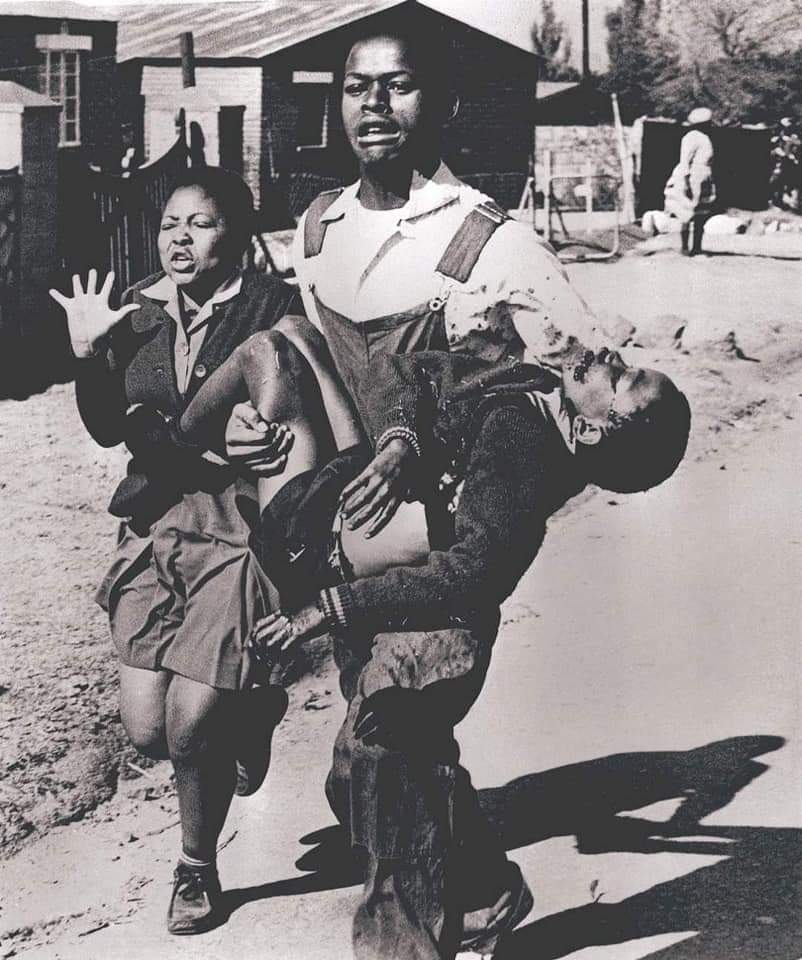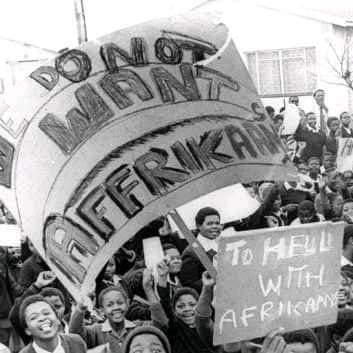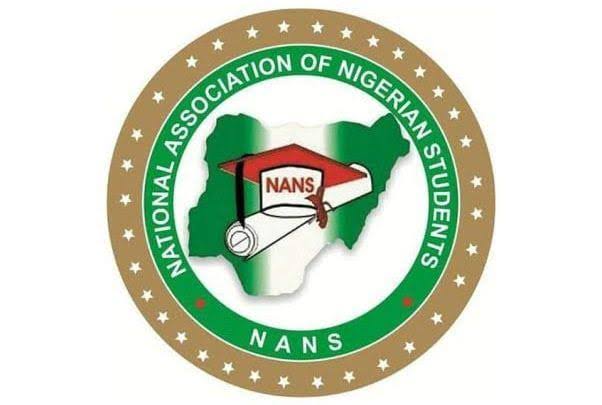The South-Western Townships (Soweto) uprising was a series of demonstrations and protests led by black school children in South Africa that began on the morning of 16th June 1976. Students from numerous Sowetan schools began to protest in the streets of Soweto in response to the introduction of Afrikaans as the medium of instruction in local schools. It is estimated that 20,000 students took part in the protests. They were met with fierce police brutality and many were shot and killed.
Causes
Black South African high school students in Soweto protested the Afrikaans Medium Decree of 1974, which forced all black schools to use Afrikaans and English in equal amounts as languages of instruction. The association of Afrikaans with apartheid prompted black South Africans to prefer English. English was gaining prominence as the language most often used in commerce and industry. The 1974 decree was intended to force the reverse of the decline of Afrikaans among black Africans.
Casualties and aftermath
The number of people who died is usually given as 176, with estimates up to 700. The original government figure claimed only 23 students were killed; and the number of wounded was estimated to be over 1,000 people. Black students also killed two people for being white, one of them Dr Edelstein.
Although the government rescinded its Afrikaans language policy in July 1976, schools throughout the country continued to be disrupted until the following year. Many student leaders were detained , over thousands were killed, mainly through police action, and many thousands more were wounded. The uprising profoundly changed socio-political landscape in south Africa.
In 1995, the South African Government officially declared 16 June a national public holiday, in recognition of the sacrifices and contributions of the youth in the struggle against apartheid. Ever since, Youth Day is commemorated every year in South Africa. This is the day the country reflects on the massacre of school children during the Soweto Uprising of 1976
















